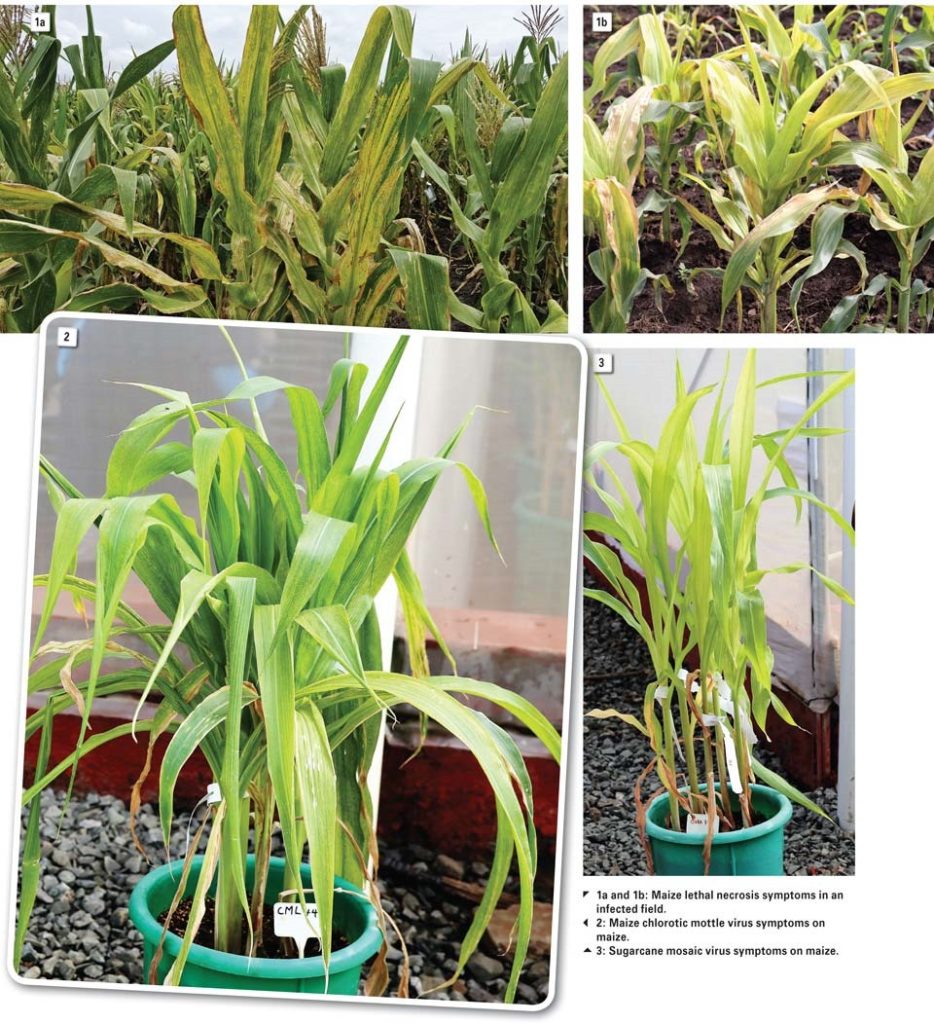The Kenya Plant Health Inspectorate Service (KEPHIS) has issued a crucial advisory to local farmers
regarding the menace of maize lethal necrosis (MLN) gripping the nation’s maize crops. This lethal
disease poses a significant threat to agricultural productivity and food security in the region. KEPHIS
emphasizes the importance of using only certified seeds to combat the spread of MLN effectively.
Farmers and sellers across 67 different selling points have been urged to adhere strictly to approved seed
varieties. This directive aims to ensure that all parties involved are equipped with authentic seed
packages, thereby mitigating the risk of inadvertently spreading the disease further.
In addition to emphasizing the use of certified seeds, KEPHIS has advocated for the adoption of crop
rotation as a strategic measure to minimize the impact of MLN. Alternating maize cultivation with other
crops such as beans, sorghum, and potatoes not only helps in controlling the spread of the disease but
also promotes sustainable farming practices, potentially leading to improved yields.
Recent observations indicate a decline in MLN cases, attributed partly to prolonged rainfall. MLN
typically thrives in dry conditions, making the recent weather patterns conducive to disease control
efforts. However, vigilance remains paramount, and continued adherence to best practices in farming
and seed management is essential to sustain this positive trend.
The severity of MLN stems from the co-infection of Maize chlorotic mottle virus (MCMV) with other
species in the family Potyviridae, such as Wheat streak mosaic virus (WSMV) or Maize dwarf mosaic
virus (MDMV). These viruses exhibit synergistic effects, leading to severe symptoms including leaf
mottling, necrosis, ear distortion, and plant stunting.

Given the potential trade implications and yield losses associated with MLN, effective disease
management strategies are imperative. These strategies include crop rotation, the use of certified clean
seeds, controlling vector species, and monitoring for the presence of latent infections in reservoir
species.
While some areas may currently remain unaffected by MLN, the latent presence of the viruses
underscores the importance of continued monitoring and proactive measures to prevent outbreaks and
limit the spread of this destructive disease.
In summary, collaborative efforts between farmers, authorities, and agricultural stakeholders are
essential to combat the threat of MLN effectively. By adhering to recommended practices and remaining
vigilant, Kenya can safeguard its maize crops and ensure food security for its population


